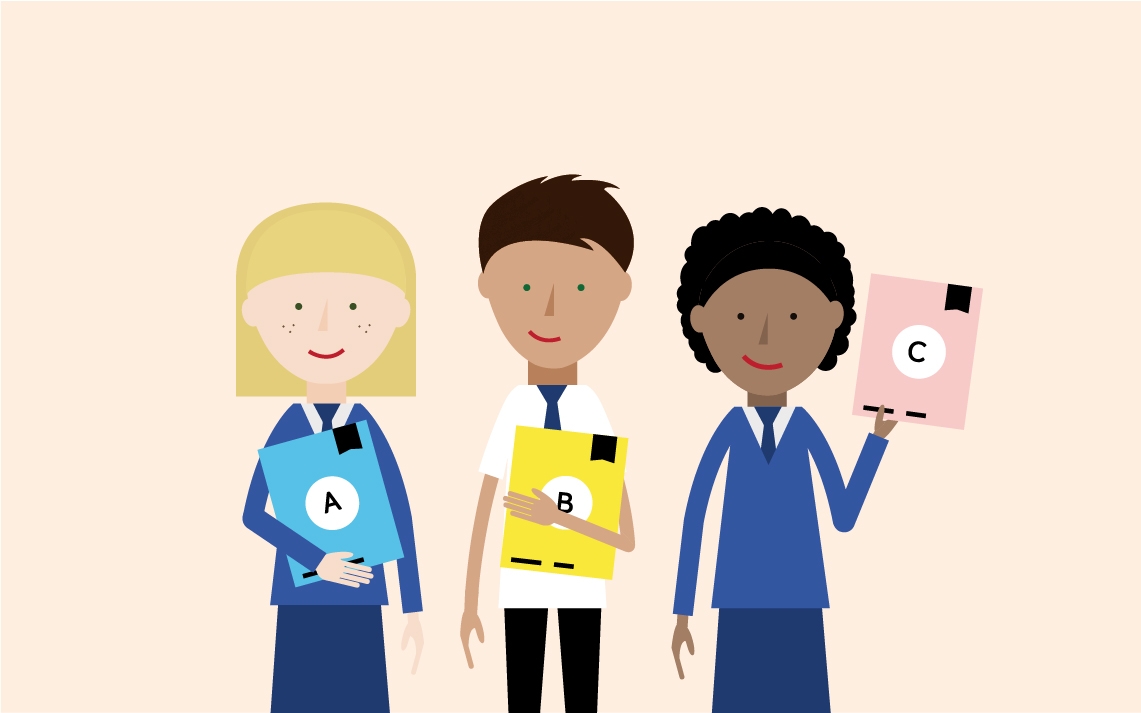An Introduction to Assessment
Editor’s Note:
This is an updated version of a blog post originally published on May 11th, 2018
The primary purpose of assessment in the maths classroom is to upgrade knowledge, understanding and skills.
Assessment is fundamental to the process of teaching and learning and forms an important part in the lives of pupils and teachers. It’s therefore vitally important that we understand how assessment works and how to get it right.
The way assessment is organised in a classroom plays a key role in creating the culture, attitudes and norms of behaviour and enables teachers to shape the positive conditions in which pupils’ learning can flourish.
Stuart Kime (2017) in ‘What Makes Great Assessment?’ says that great assessment is not a single ‘thing’:
It is a collection of tools brought together in a toolkit, and used artfully by teachers. Great assessment is the servant of learning, not its master. It is purposeful, manageable, efficient and effective. Great assessment is lean and valuable.
The forms of assessment can be split into three distinct groups: Assessment for, assessment as and assessment of learning. These approaches are designed to enable teachers to gather evidence and make judgements about pupil achievement. All three forms of assessment are valid and each serves a purpose but they are not necessarily separate approaches and can be used independently or together, formally or informally. They are vital in providing opportunities for teachers and pupils to identify areas of understanding and misunderstanding.
So what do these forms of assessment look like?
Assessment for Learning (AfL)
Assessment for learning, commonly referred to as formative assessment, occurs during, rather than at the end, of the teaching and learning process to help clarify pupil understanding of maths. As teachers we work alongside children on a day-to-day basis to really delve deep into what they know and don’t know so we can be flexible with our teaching to accomodate misunderstandings or to stretch those who have already demonstrated a sufficient grasp of a concept.
In fact, AfL is what Dylan Wiliam, Emeritus Professor of Educational Assessment at the UCL Institute of Education, calls ‘responsive teaching’ or the ‘the pedagogy of contingency’ whereby teaching is constantly adaptive. This is an ongoing formative process of gathering and interpreting evidence to determine where students are in their learning, where they need to go, and how best to get there.
To use AfL effectively we want to provide ‘active assessment’ feedback that is inclusive of all learners and reflects a belief that everyone can improve. It involves teachers, pupils and parents reflecting on evidence and encourages self-assessment and peer assessment. And, ultimately, we use assessment to help pupils learn better, rather than just getting a better mark, grade or level.
If you’re looking for some great engaging activities that can prove really useful in your assessment of understanding and the improvement of the children’s mathematical literacy you may want to consider some of the following:
- Balloon debates
- Card sorts
- Concept cartoons
- Deliberate mistakes
- Graphic organisers
- KWHL grids
- Odd one out
- Posters
- Rumours
- True-false statements
- Quizzes (low-stakes diagnostic multiple choice)
Transform Your Maths Assessment
Insights — our online assessment tool — gives you instant, powerful data to identify gaps and improve results.

Assessment as Learning (AaL)
Assessment as learning is when pupils actively monitor their own maths learning, ask questions and use a variety of strategies to decide what they know, what they don’t know and what they partly know. They are their own assessors for new learning.
AaL is the process of developing and supporting pupil metacognition. It encourages pupils to be self-reflective, to ask questions about and take responsibility for their learning. This involves teachers and pupils co-creating learning goals to feed growth and development and provides ways for pupils to use formal and informal feedback and self-assessment to power their next steps encouraging peer assessment, self-assessment and reflection.
For instance, maths journaling can play a major part of children becoming actively involved in AaL giving them an opportunity to focus on their learning journey and articulate understanding. It enables them to embrace mistake making and to critically think in order to adjust.
Assessment of Learning (AoL)
Assessment of learning (often known as summative assessment) is the process of testing individuals in order to determine their understanding of maths. It can be used to grade a child’s rank in class and as a comparison to peers.
The effectiveness of AoL for grading or ranking hangs on the validity and reliability of activities. Summative assessments are normally delivered at the end to the learning process in a traditional exam setting. However, they can be used formatively as an opportunity for upgrading learning. Their effectiveness, though, really depends on the nature and quality of the feedback. The results should not be used to “name, shame and blame”, but instead work hand in hand with formative assessment to deliver the correct learning environment for every child.
AoL is used to plan future learning goals and learning pathways for pupils. It provides evidence of achievement to pupils, teachers and parents as well as the wider community and outside groups and offers a snapshot view of learning.
Assessment in support of teaching and learning
Dynamic and high-quality maths must focus on the interaction of assessment with teaching and learning and how they relate to each other in a constant loop of feedback, support and challenge.
Well-designed assessment can inspire active learning particularly when the assessment delivery is innovative, varied and engaging. Multiple opportunities for pupils to demonstrate the full range of their learning over a period of time are therefore essential.
Assessment can be a significant determinant of what, when and how pupils learn so getting assessment ‘right’ is therefore crucial, both for our students and for us.
